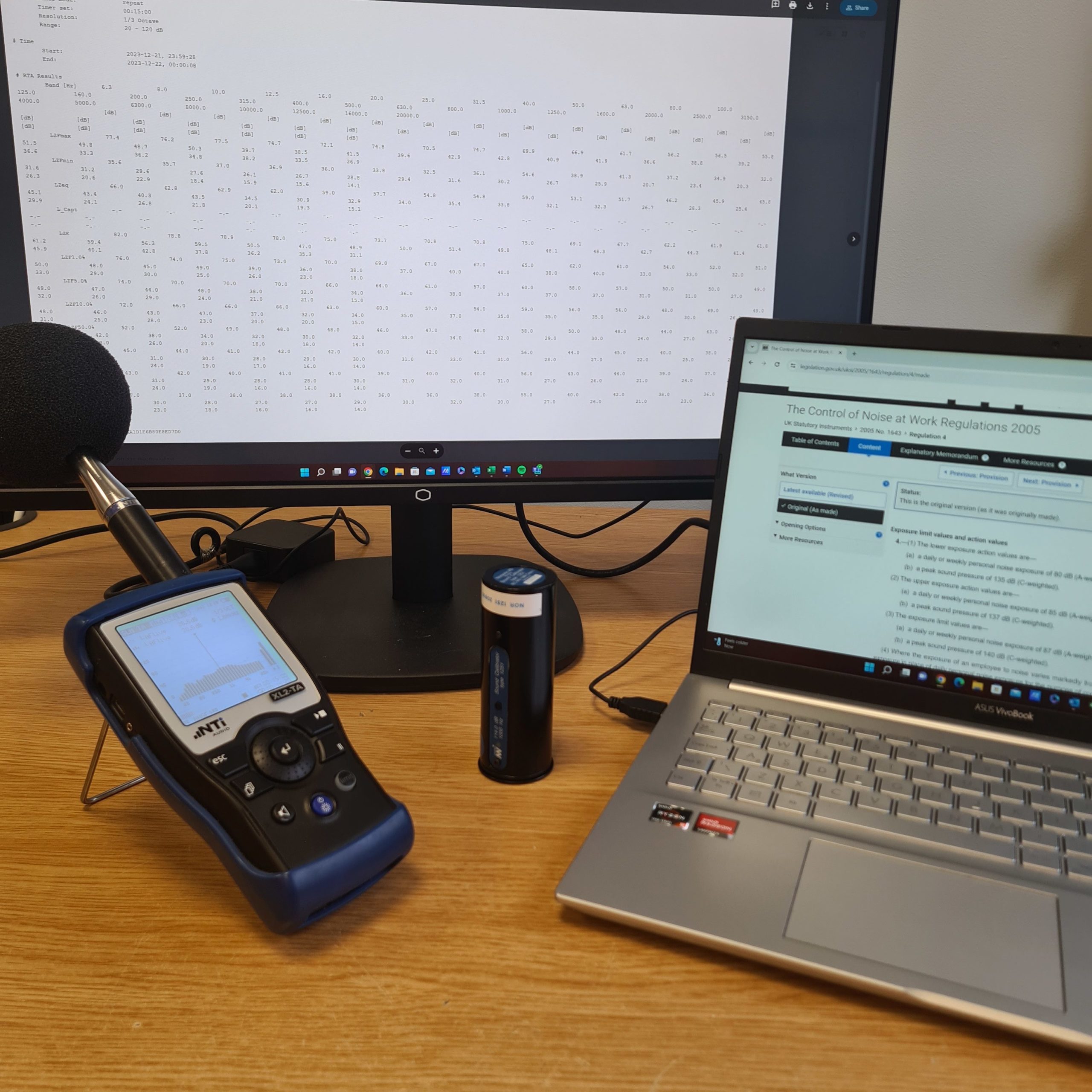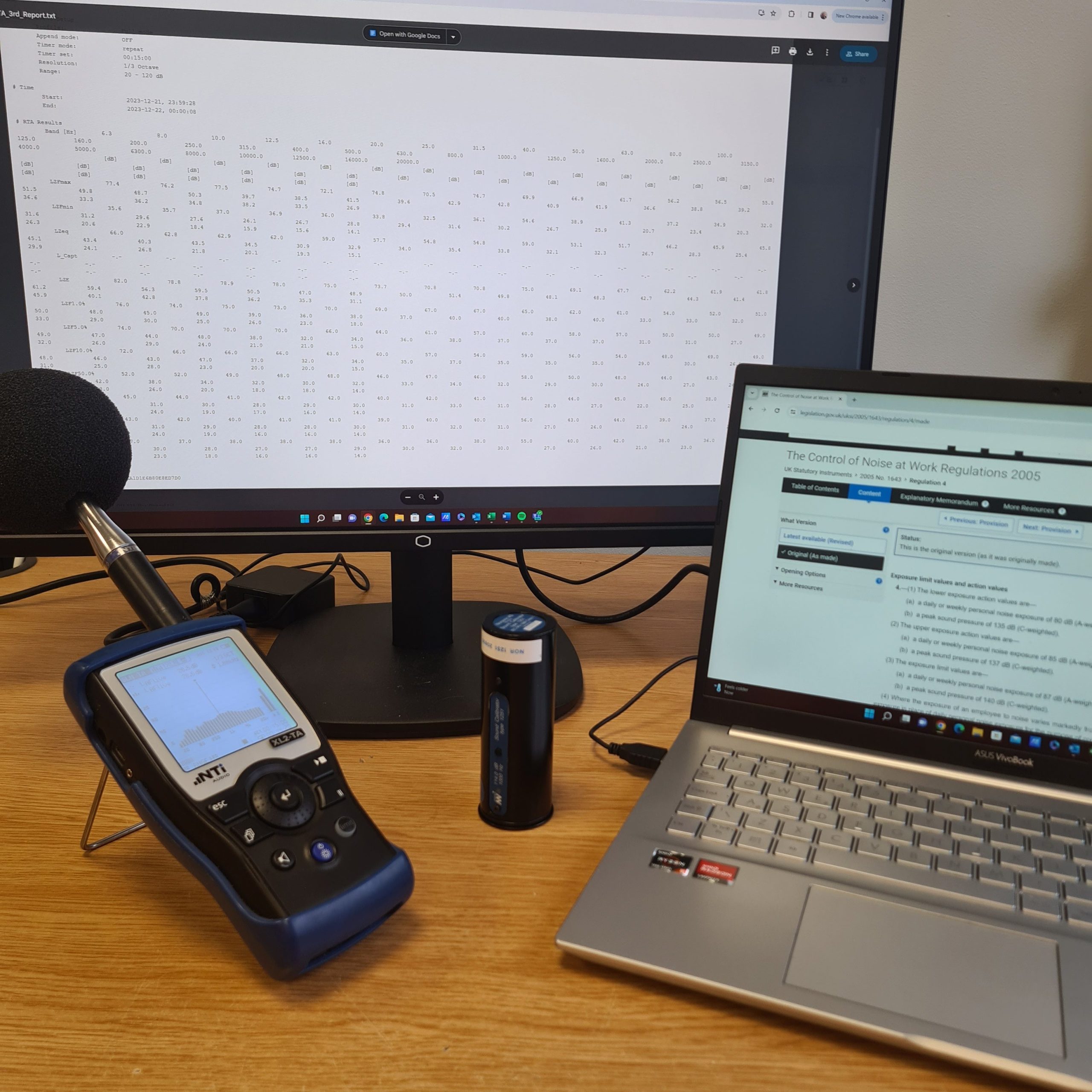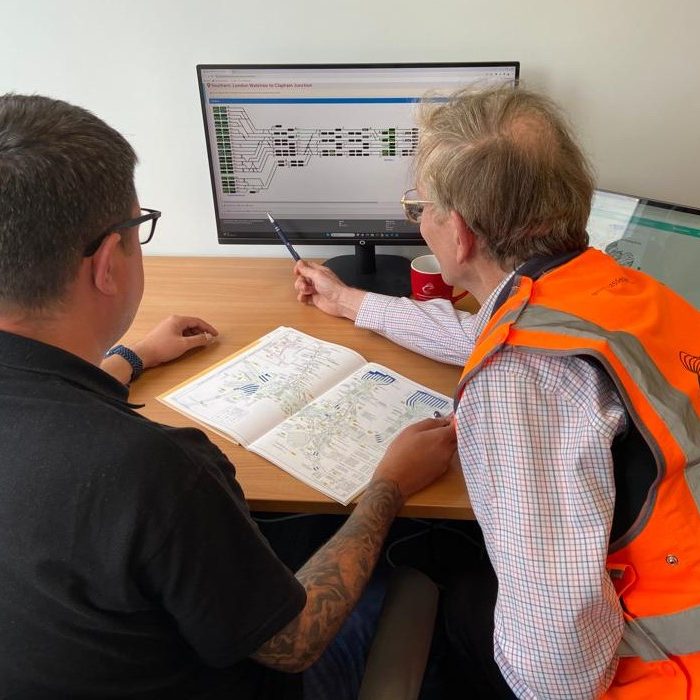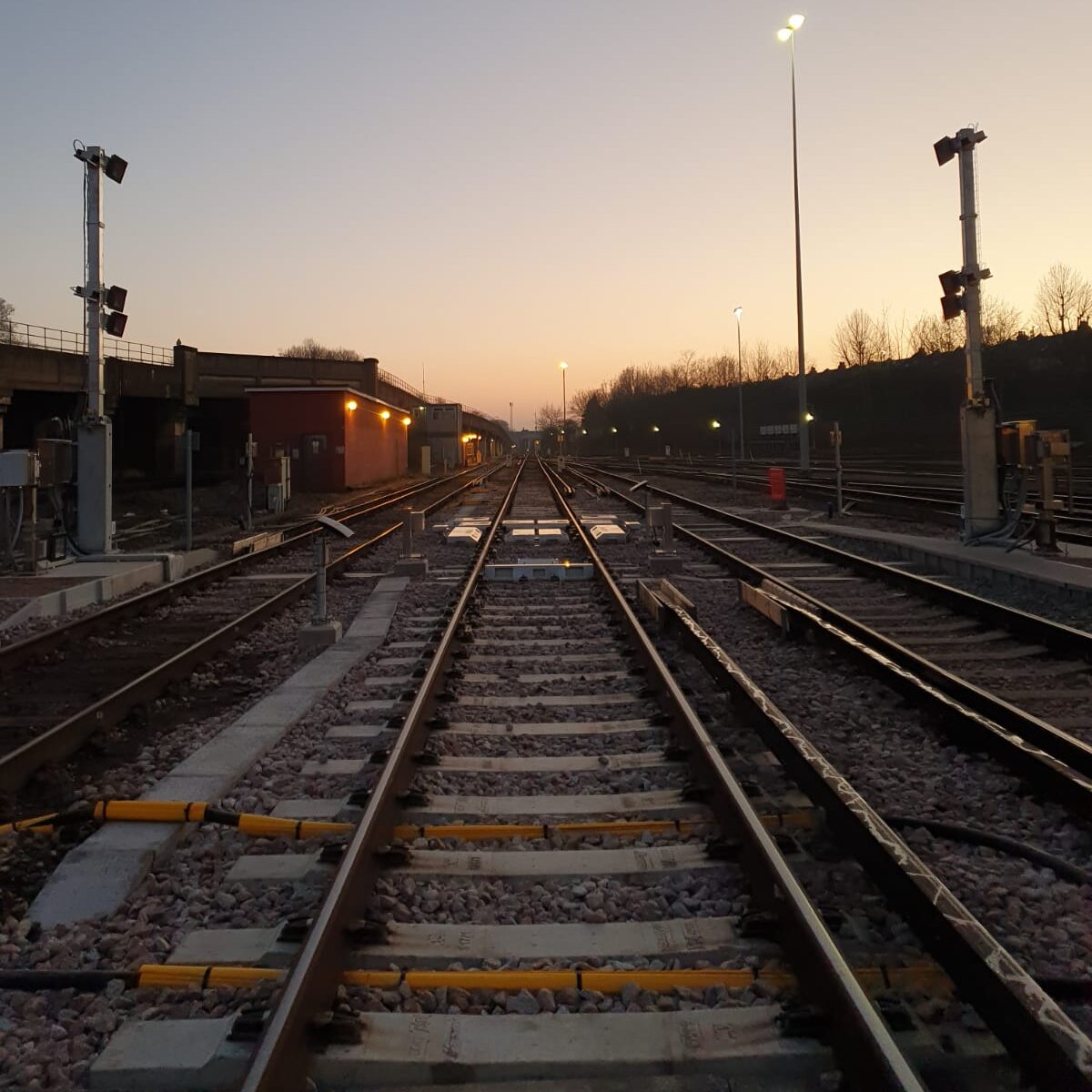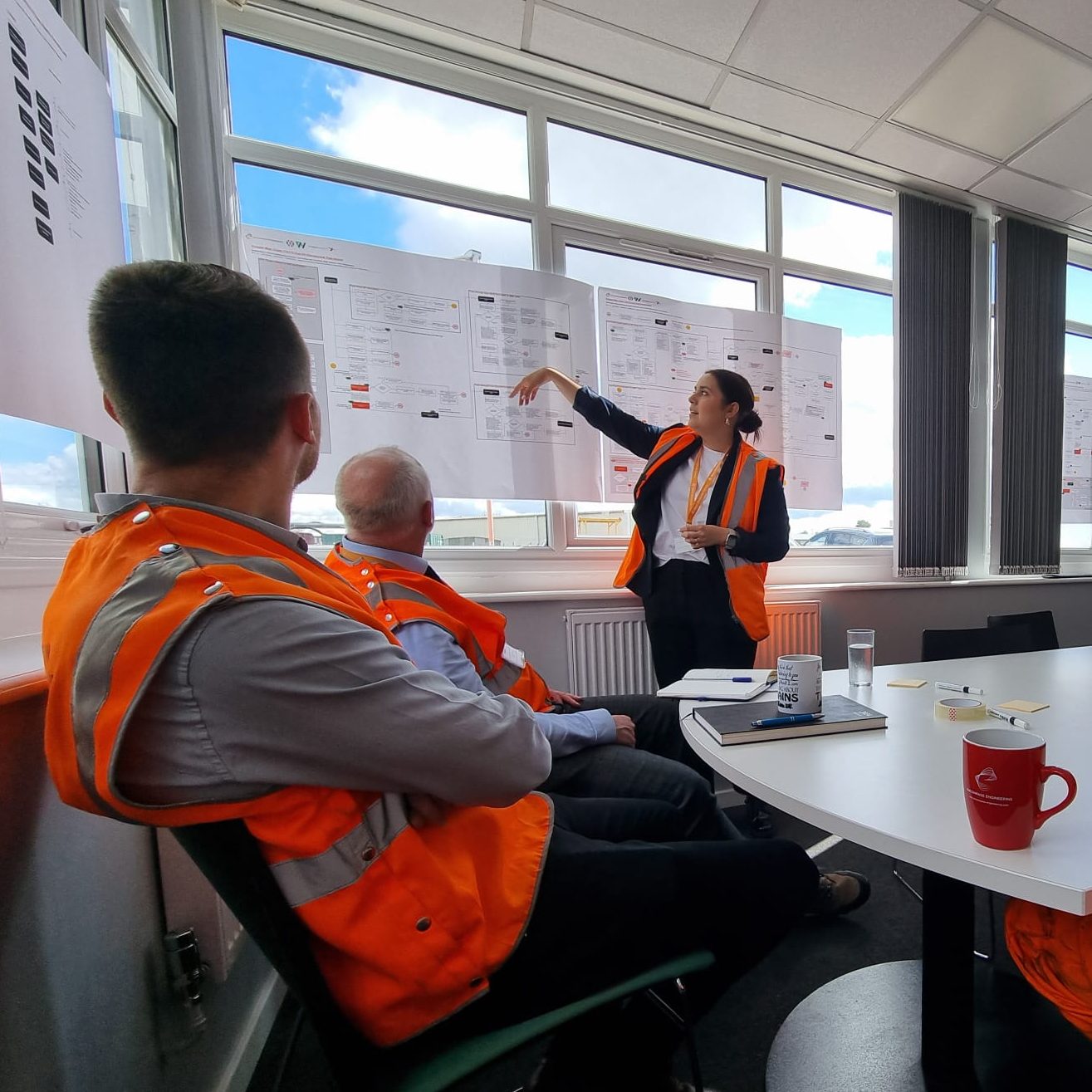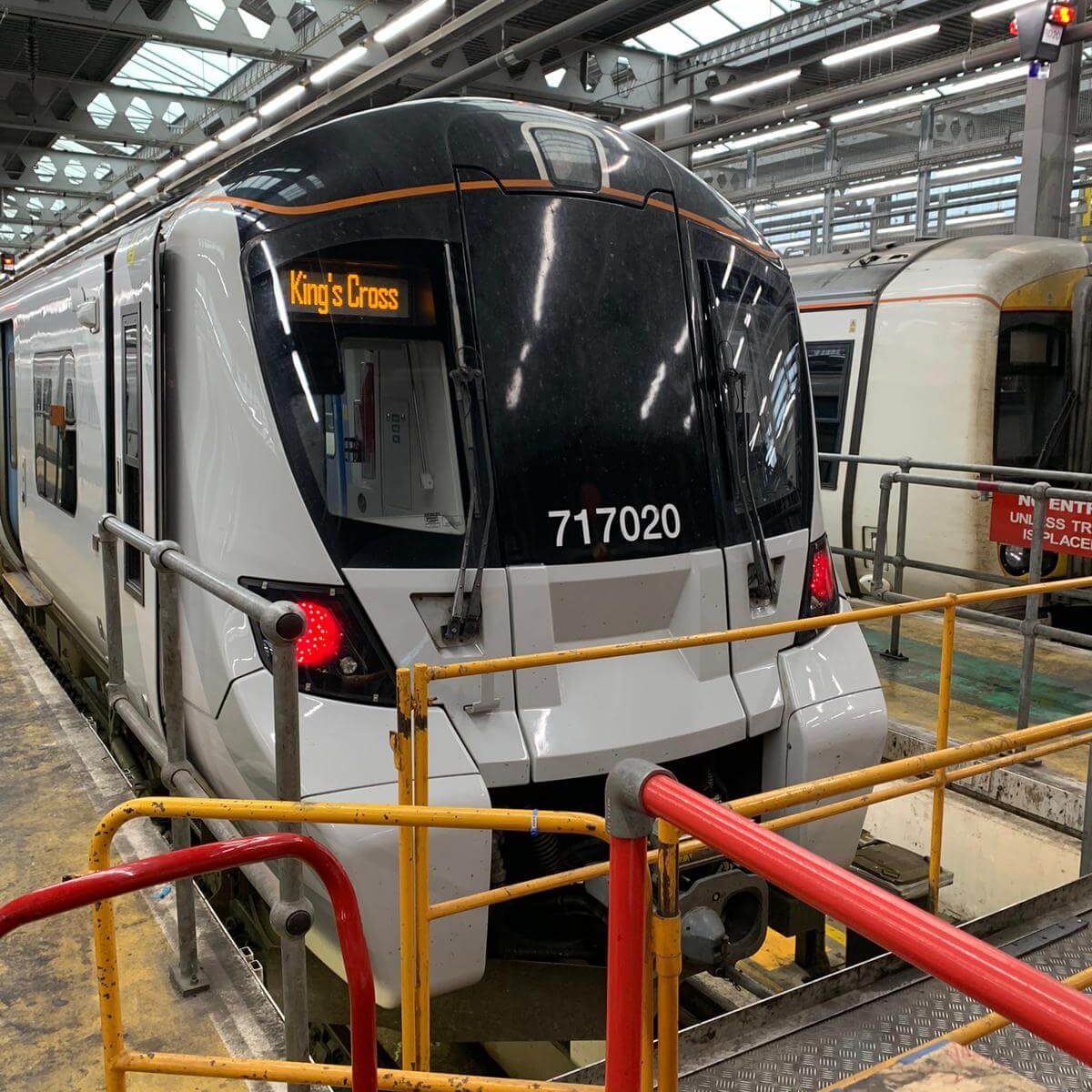The challenge
Like many sectors, the rail industry has developed tactics for managing and measuring noise, with varying degrees of progress. The SRB recognises this and aims for the industry to adopt a standardised approach to noise and vibration – establishing effective strategies and a robust quantitative framework to mitigate its impacts, measure performance and respond to new concerns.
Tasked with delivering the entire SRB, the RSSB enlisted Encompass Engineering for their specialist skills required to support the noise and vibration component of the project.
With their extensive years of experience working on rolling stock projects and their specialist skills in Noise management, Encompass Engineering were well-equipped to help.
Drawing on their extensive knowledge of train design, Encompass brought an in-depth understanding of noise – from the sounds generated by a moving train, including those from wheels, speed fluctuations, rail surfaces and joins, to noise from stationary or slow-moving trains emitting exterior noise through motors, door operations, exhausts, cooling fans, brakes, and heating and ventilation systems. Their expertise also extends to noise emissions from maintenance depots, including factors such as horns, whistles, heavy equipment, and depot movements.

